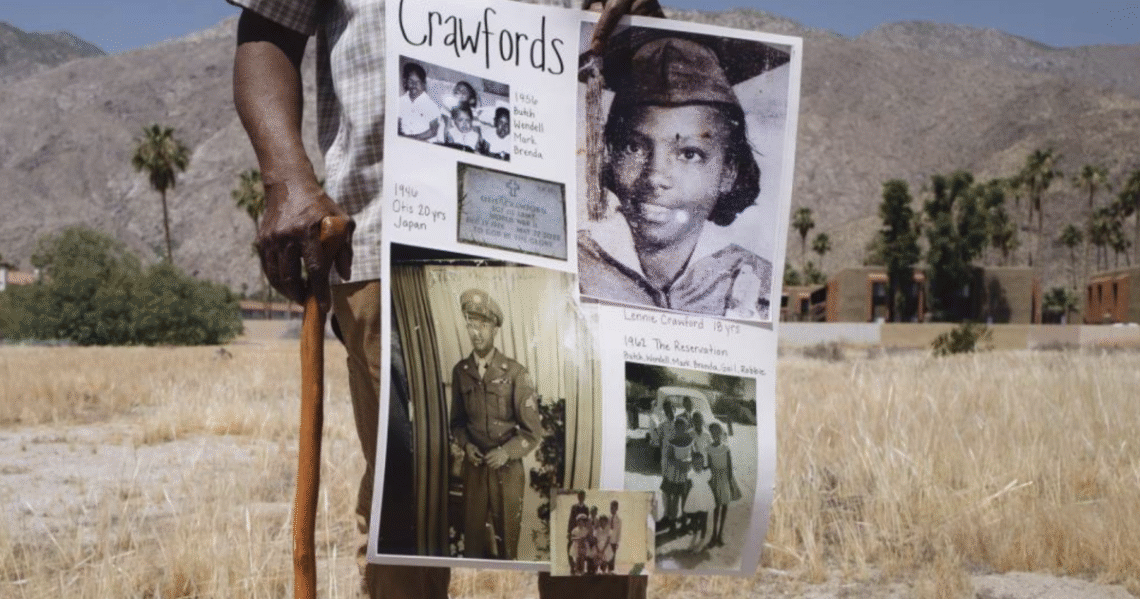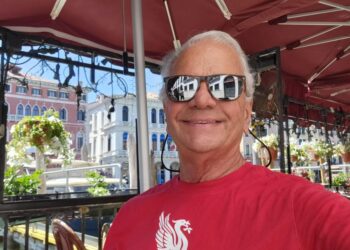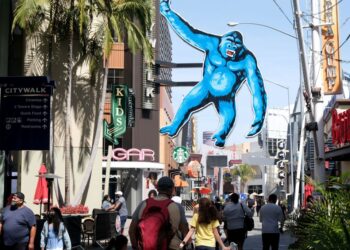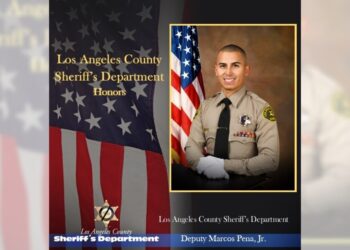Palm Springs is one step closer to paying reparations to Black and Latino families who were forcibly removed from their homes more than 60 years ago. But more than six months after the city approved a historic $5.9 million settlement, survivors are still waiting for the money.
City officials say they’re ready to release the funds, but they’re still waiting on a final, verified list of eligible recipients from civil rights attorney Areva Martin, who represents the group Section 14 Survivors. Martin says the vetting process has taken time and that’s intentional.
“We’re more interested in fairness and making sure everyone that wants to participate is given an opportunity to do so than driven by any deadlines,” she told KQED.
From the late 1950s through the early 1960s, the city of Palm Springs bulldozed and burned homes in Section 14, a 1-square-mile neighborhood that was home to mostly Black and Latino families with low income.
With city approval, fire crews torched homes, and residents were pushed out to make way for commercial development. In recent years, survivors and descendants have come forward to demand recognition and repair.
After years of advocacy, the Palm Springs City Council unanimously approved the cash settlement last November, along with a broader reparations package that includes $21 million for housing and small business investment over the next decade.
To qualify for the cash settlement, survivors and their descendants had to submit three documents proving they lived in Section 14 during the years the city cleared the neighborhood.
That’s proved challenging for many applicants in their late 70s and 80s who don’t use email or online platforms. Martin’s team received about 350 claims, relying on records like phone books,…
Read the full article here







